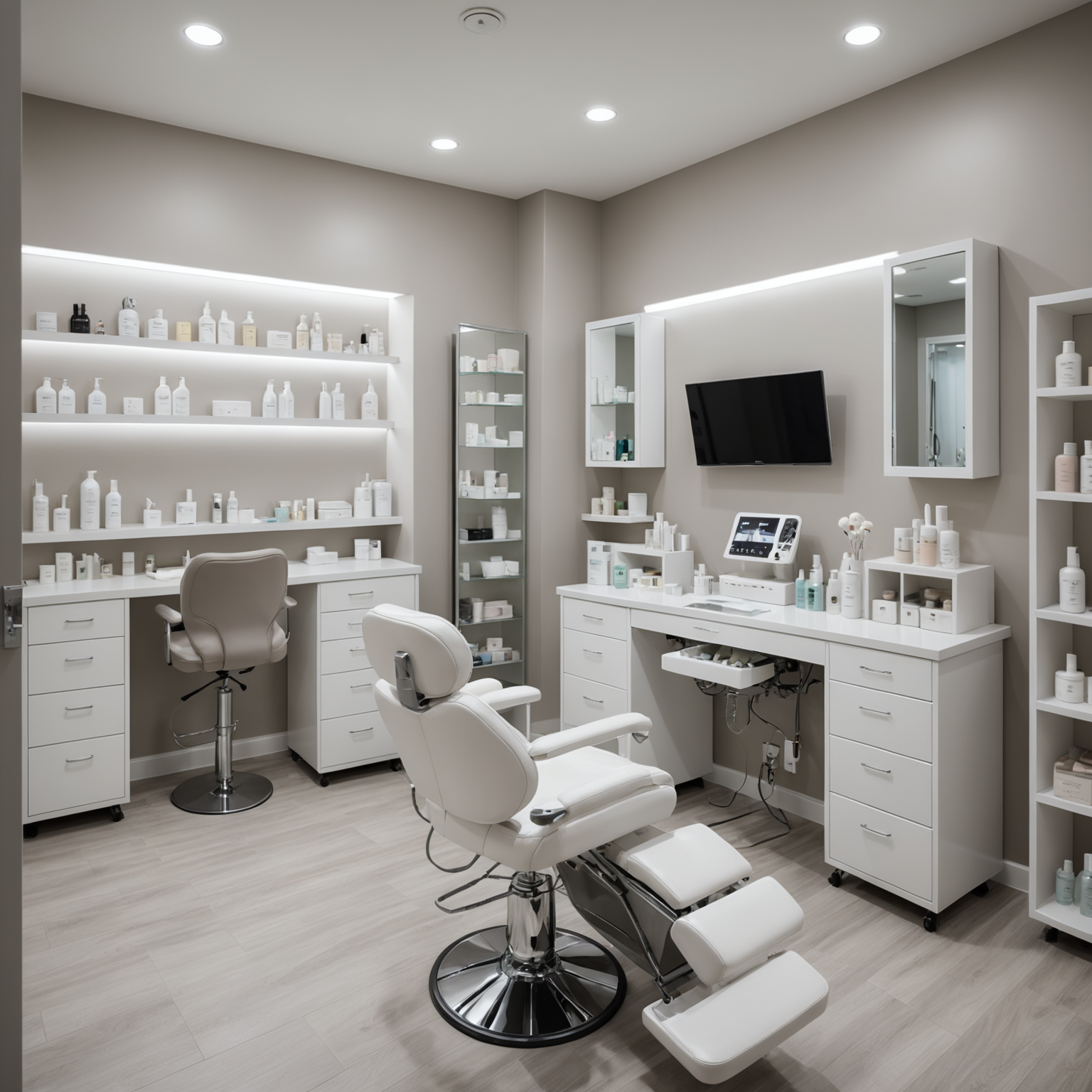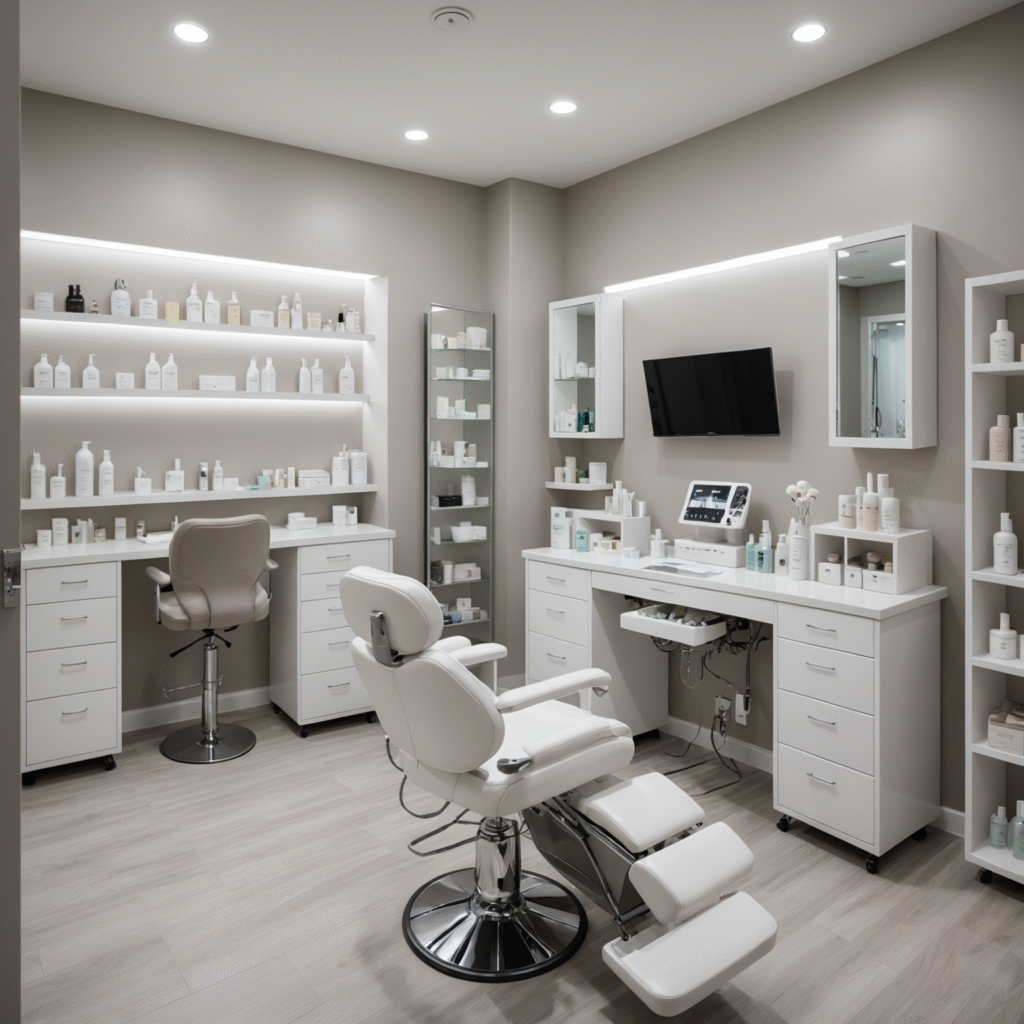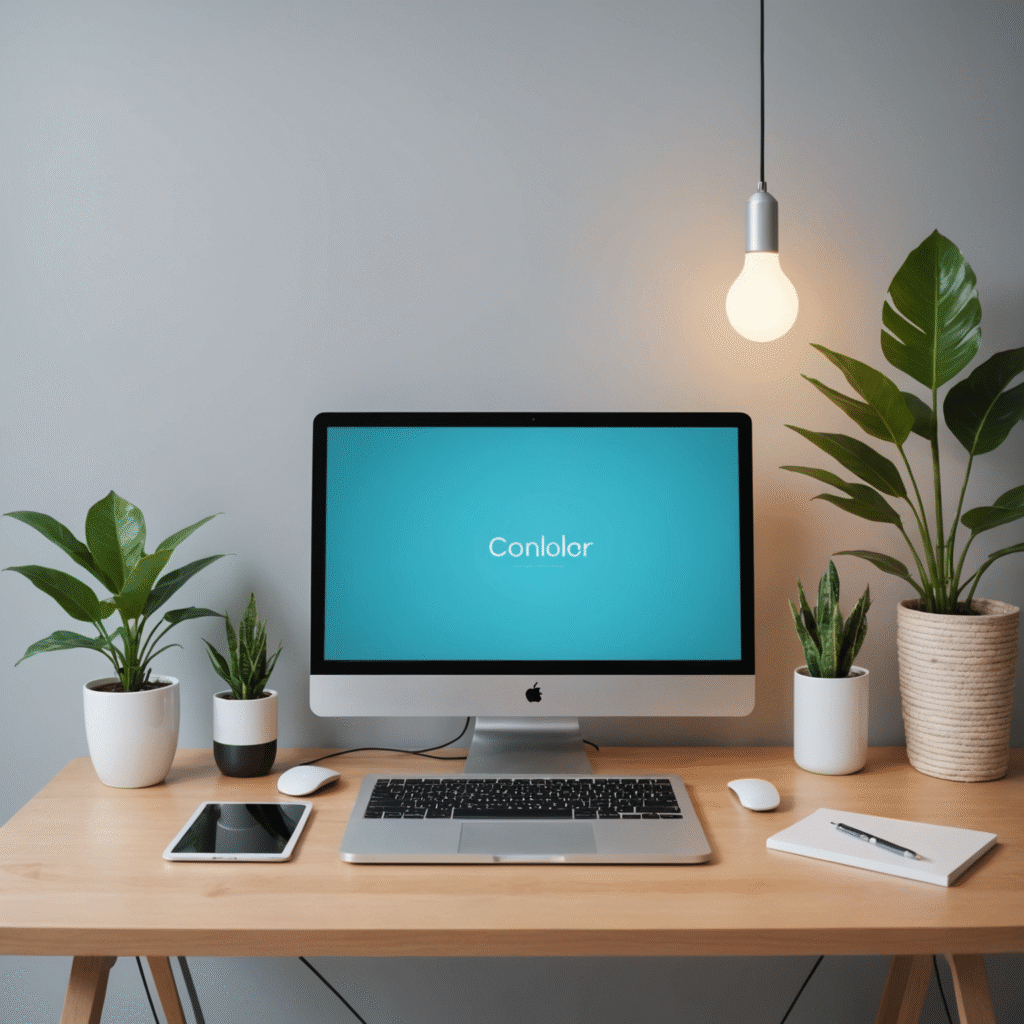Introduction
In today’s aesthetic-conscious world, “Botox day” has become a buzzword among those looking to maintain a youthful appearance. Whether you’re a seasoned user or a curious first-timer, understanding the ins and outs of a Botox day can help you make informed decisions about this popular cosmetic treatment. This comprehensive guide will delve into what a Botox day entails, including its benefits, risks, and what you can expect from the treatment. We’ll also cover frequently asked questions to address any lingering uncertainties you might have.
Understanding Botox
Botox, or Botulinum toxin, is a neurotoxic protein used for medical and cosmetic purposes. It temporarily paralyzes muscles, reducing the appearance of fine lines and wrinkles. Botox is commonly used to treat forehead lines, crow’s feet, and frown lines, offering a smoother, more youthful appearance. For more detailed information, you can visit MedlinePlus.
What Happens on Botox Day?
When you schedule a Botox day, you can expect a series of well-orchestrated steps designed to ensure your comfort and achieve the best results. Here’s a breakdown of what typically happens:
Consultation: Your Botox day begins with a consultation. During this session, you’ll discuss your goals and any concerns with a qualified professional. This is also the time to disclose any medical conditions or medications that might affect the treatment. For more on what to expect during a consultation, see Mayo Clinic.
Preparation: The treatment area will be cleaned thoroughly to prevent infection. Some practitioners may apply a topical anesthetic to minimize discomfort.
Injection: Using a fine needle, the practitioner will inject Botox into specific muscles. The process is quick, usually taking less than 30 minutes.
Post-Treatment Care: After the procedure, you may experience slight redness or swelling, which typically subsides within a few hours. You’ll receive post-care instructions to maximize your results and minimize side effects. For post-treatment care tips, check WebMD.

Benefits of Botox
Botox offers several benefits that contribute to its popularity:
- Non-Invasive: Unlike surgical options, Botox is non-invasive, requiring no downtime and allowing you to resume daily activities immediately.
- Quick Results: Many people notice improvements within a few days, with full results appearing within two weeks.
- Versatile Uses: Beyond aesthetics, Botox is used to treat medical conditions such as chronic migraines, excessive sweating, and muscle spasms. For more on medical uses, visit NIH.
Risks and Considerations
While Botox is generally safe, it is not without risks. Being informed about potential side effects can help you weigh the pros and cons:
- Temporary Side Effects: Some patients experience bruising, swelling, or headaches post-treatment.
- Rare Complications: In rare cases, Botox can cause drooping eyelids or asymmetry in facial expressions.
- Allergic Reactions: Though uncommon, allergic reactions can occur. Always discuss any allergies with your provider before undergoing treatment. For safety information, refer to the FDA.
Conclusion
Botox day is a transformative experience for many, offering a gateway to enhanced confidence and youthful vibrancy. By understanding the procedure, benefits, and potential risks, you can make an informed decision about whether Botox is right for you. If you’re considering a treatment, explore reputable clinics for Botox to ensure a safe and satisfying experience.
FAQ
1. How long does a Botox treatment last?
Botox effects typically last between 3 to 6 months. Over time, you’ll notice gradual muscle activity returning, and wrinkles may reappear. For more on the duration of effects, see Cleveland Clinic.
2. Is Botox painful?
Most patients report minimal discomfort during Botox injections, often described as a slight pinch. Topical anesthetics can be used to alleviate pain.
3. Can I combine Botox with other treatments?
Yes, Botox can be combined with other cosmetic treatments like dermal fillers for comprehensive facial rejuvenation. Consult with your provider for personalized recommendations.
4. Are there age restrictions for Botox?
While there is no specific age limit, Botox is generally recommended for adults. Consult a medical professional to determine if it’s appropriate for you.
5. How do I choose the right provider for Botox?
Look for a licensed and experienced practitioner. Explore options to find reputable clinics.
6. What should I avoid after a Botox treatment?
Avoid rubbing the treated area, exercising, or lying down for several hours post-treatment to prevent the Botox from spreading to unintended areas.
7. Can Botox prevent wrinkles?
Botox can prevent the deepening of existing wrinkles and, in some cases, delay the onset of new ones by reducing repetitive muscle movements.
8. Is Botox safe during pregnancy?
Botox is not recommended for pregnant or breastfeeding women due to insufficient research on its effects in these conditions. Always consult your healthcare provider for advice. For more information, visit Healthline.



